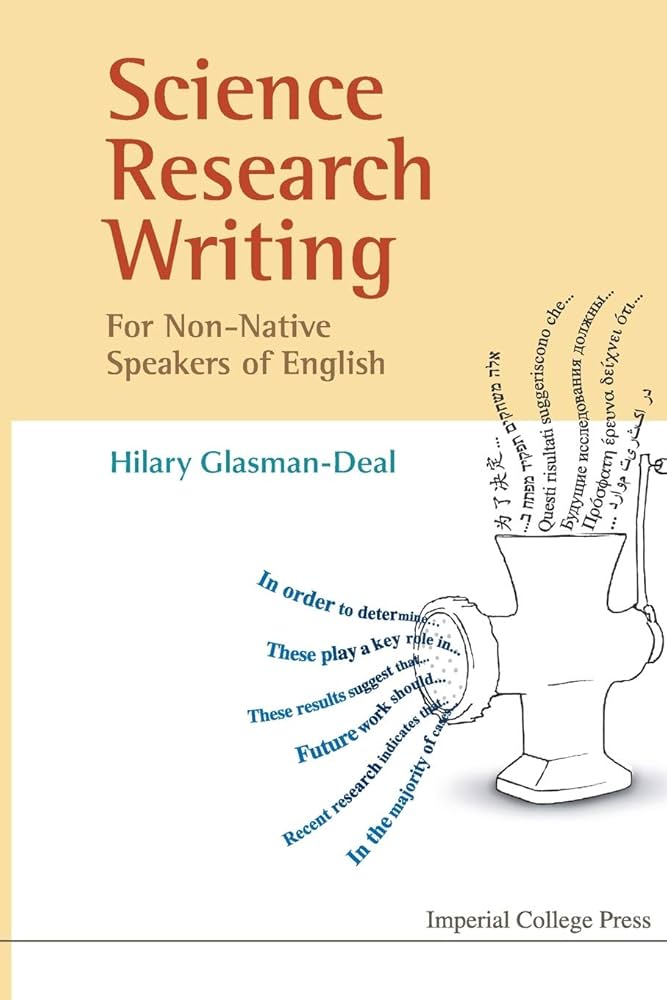
New Findings Suggest a Flavonoid in Fruits and Vegetables Could Shield Blood Vessels from Calcium Accumulation Associated with Aging and Kidney Issues
In a pioneering study that might reshape future approaches to vascular wellness, researchers from Johannes Kepler University Linz have discovered a promising natural agent that fights the hazardous accumulation of calcium in blood vessels. Fisetin—a flavonoid abundantly found in everyday fruits and vegetables such as strawberries, apples, and onions—has surfaced as a formidable ally against vascular calcification, a significant marker of aging and chronic kidney disease (CKD). The research, published in the peer-reviewed journal Aging on April 2, 2024, underscores fisetin’s ability to maintain arterial flexibility and lower cardiovascular risk in at-risk demographics.
Grasping the Danger of Vascular Calcification
Vascular calcification is characterized by the buildup of calcium phosphate crystals in the walls of arteries, resulting in stiff and less adaptable blood vessels. This phenomenon is closely linked with age and particularly accelerated in those with chronic kidney disease. When arteries become rigid, the heart faces increased effort to circulate blood, heightening the chances of hypertension, heart attacks, strokes, and diminished blood supply to essential organs.
“The calcification of the vascular system significantly contributes to morbidity and mortality in the aging population and in those with renal conditions,” the team remarked. They highlighted that even minor decreases in this process could lead to substantial cardiovascular improvements, especially in high-risk individuals.
The Role of Fisetin: Addressing the Core of Arterial Stiffness
The research group, led by Mehdi Razazian alongside senior author Ioana Alesutan, examined fisetin’s biological functions through cell cultures and animal studies. The crux of fisetin’s effectiveness lies in its ability to enhance the levels of a vital protein known as dual-specificity phosphatase 1 (DUSP1).
DUSP1 acts as a molecular “brake” on a pathway called p38 MAPK, which tends to become excessively active under calcification-promoting circumstances. This signaling pathway is often initiated by inflammation and oxidative stress in vascular cells. In pro-calcific situations, such as elevated calcium or phosphate concentrations—or exposure to blood serum from dialysis patients—p38 MAPK catalyzes the transformation of vascular smooth muscle cells (VSMCs) into bone-like cells that deposit calcium within blood vessels.
“Mechanistically, fisetin relies on the phosphatase DUSP1 to inhibit p38 MAPK for its protective action on VSMC calcification,” the authors stated. They also noted that the protective characteristics of fisetin disappeared when DUSP1 was inhibited, providing clear evidence that this protein is crucial to the mechanism.
Significant Findings from the Investigation
The researchers revealed several significant insights that enhance fisetin’s prospects as a therapeutic option:
– Fisetin notably decreased calcium accumulation in cultured human vascular cells subjected to calcification-promoting environments.
– The compound proved effective even with cells treated with blood serum from dialysis patients—a highly calcification-susceptible scenario.
– Protective effects were seen in isolated mouse arteries and validated in live animal models, indicating applicability in real-world contexts.
– Inhibition of the DUSP1 protein nullified fisetin’s advantages, emphasizing this molecular pathway’s importance.
Consequences for Aging and Chronic Kidney Disease
This finding holds considerable implications for public health, particularly for elderly individuals and those with CKD. Patients with kidney disease frequently encounter disturbances in mineral metabolism, resulting in increased phosphate and calcium levels, which drive arterial calcification.
One of the more remarkable findings of the study was that fisetin sustained its protective effects against calcification even in the challenging environment of serum from dialysis patients. This resilience suggests that fisetin might one day be utilized alongside dietary or pharmaceutical methods to postpone or mitigate cardiovascular harm in this high-risk group.
From Laboratory to Lifestyle: Can Diet Influence Outcomes?
While fisetin demonstrated remarkable efficacy in controlled laboratory conditions using concentrations higher than typically present in the human diet, its recognition as a naturally occurring agent opens up avenues for nutritional discussions. Fisetin-rich food sources include:
– Strawberries
– Apples
– Persimmons
– Onions
– Cucumbers
Despite these foods containing only modest quantities of fisetin, regular dietary intake—especially when paired with other healthy lifestyle choices—could lead to cumulative benefits for vascular health over time. Nonetheless, experts warn that supplements or fortified products may be necessary to achieve the therapeutic levels observed in the study.
What Lies Ahead?
As scientists continue to delve into the biological pathways associated with vascular aging, natural compounds like fisetin are drawing attention not only for their low toxicity but also for their potential to offer wide-ranging benefits across various organ systems. Recently, fisetin has also been investigated for its anti-inflammatory and senolytic (age cell-clearing) characteristics.
From a clinical standpoint, the forthcoming steps involve assessing fisetin’s safety and effectiveness in human trials specifically focused on vascular calcification.